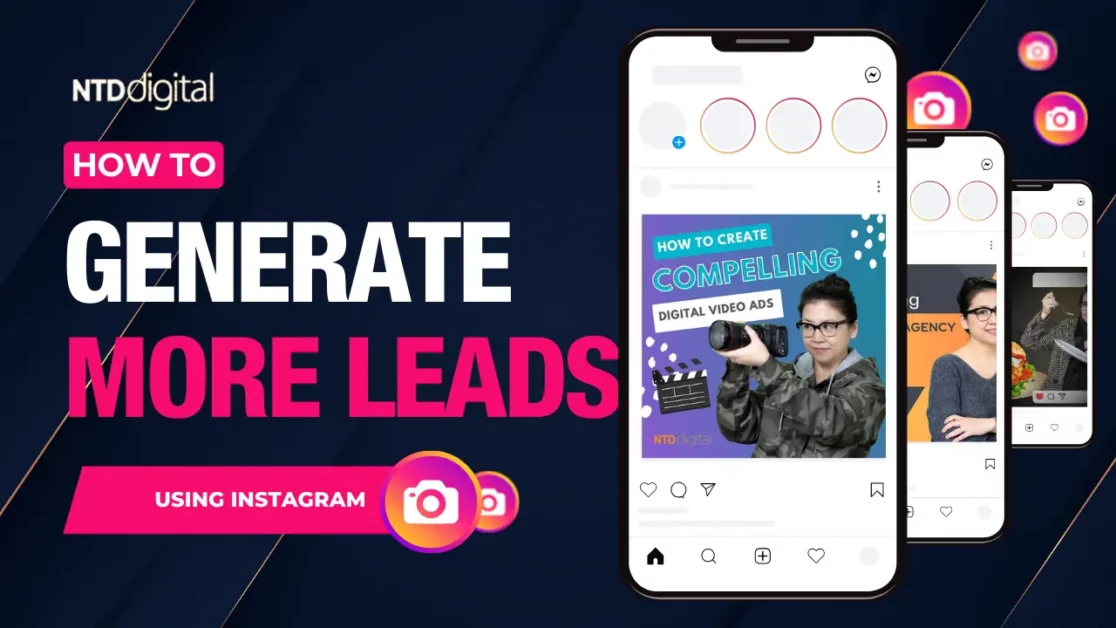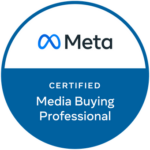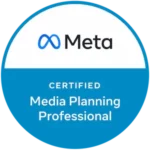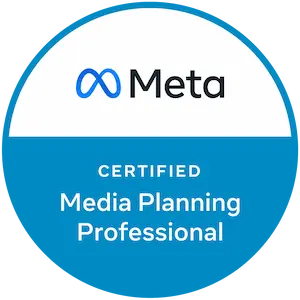3 Strategies for Optimizing Your Google Ads Campaigns
Reading Time: 6 minutes
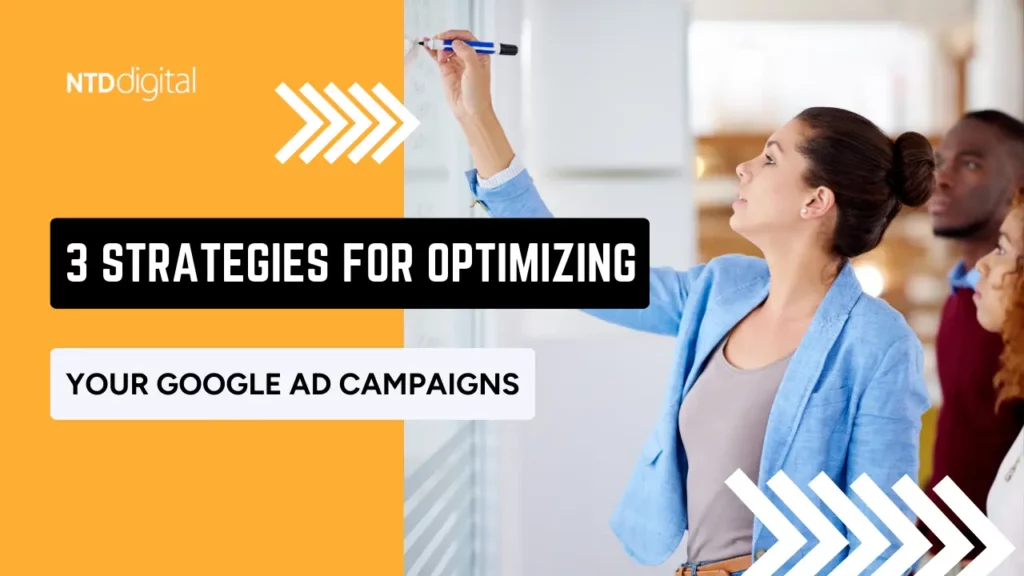
Many digital advertisers have asked me, “Why am I not seeing success with my Google Ads campaigns?” Their ads are generating a ton of clicks but negligible sales. Well, if you are in the same boat, your sales are low because your Google Ad optimization score is also low.
Why you should optimize your Google Ad campaigns
Google ads operate via a pay-per-click (PPC) model. Businesses set a maximum bid and bid on unique keywords. So, let’s say your dental insurance business is gunning for the “online dental insurance” keyword at a maximum bid of $4.
If Google ads’ algorithms place a $2 cost per click (CPC) value on that keyword, you will win an ad placement on Google network websites. However, if the CPC crosses the $4 value, you will not win an ad placement.
In addition to that, Google Ads AI also pairs your bid amount to an Ad Quality Score when determining CPC. So, what is a good Google ad score? Well, it ranges from 1 to 10. Ten is the highest score. This assessment takes factors like keywords, landing pages, and ad quality. A higher ad quality score means a better Ad Rank and lower costs per click.
Last, Google Ads now function via intent-based targeting. So, an exact keyword match is not a guarantee that your campaign will display to your intended searcher. So, for instance, when using the keyword “online dental insurance, ” the Google ads bot could display your ads to prospects seeking your competitors’ online dental insurance claims office. Low-converting prospects will increase your budget burn rate.
3 ways to optimize your Google Ad Campaigns
Optimize your Google ad campaign’s ad rank
Many advertisers ask, “Why am I not seeing success with my Google ads campaigns”? Often they end up pouring more cash into a low-performing campaign. However, more budget can’t reduce waste from bad performing campaigns.
Ad optimization, on the other hand, will enhance an Ad Rank score and increase click-through rates. This is because low click-through data signifies your ad copy is not highly engaging.
So, a Google ad optimization checklist should kick off with the generation of ad copy that has the right user search terms. A highly converting ad should have relevant and captivating descriptions, imagery, and headlines.
It should also link your potential customers to a specific service or product on your website. Additionally, increase your click-through rates by using copy that intensifies urgency, like a promise of a limited sale discount.
Optimize your Google ad campaign structure.
Next, tailor your ad copies into unique individual ad groups. Each ad group should have thematic keywords that focus on a single business aspect or service. So, if for instance, you offer both dental and pet insurance, ensure that each service has its ad group, relevant keywords, and budget.
Additionally, use long-tail keywords alongside short keywords. Some examples of highly converting search terms that you should pair with the keyword “online dental insurance” are “buy, quote, or purchase.”
Use negative keywords
Want to ensure that the Google ads bot displays your ads to highly converting prospects interested in your service? Then use negative keywords in your ad structure. Exclusions mean that your ads are ineligible for certain auctions enhancing your ROAS. You can input negative keywords at ad group, campaign, and account levels.








